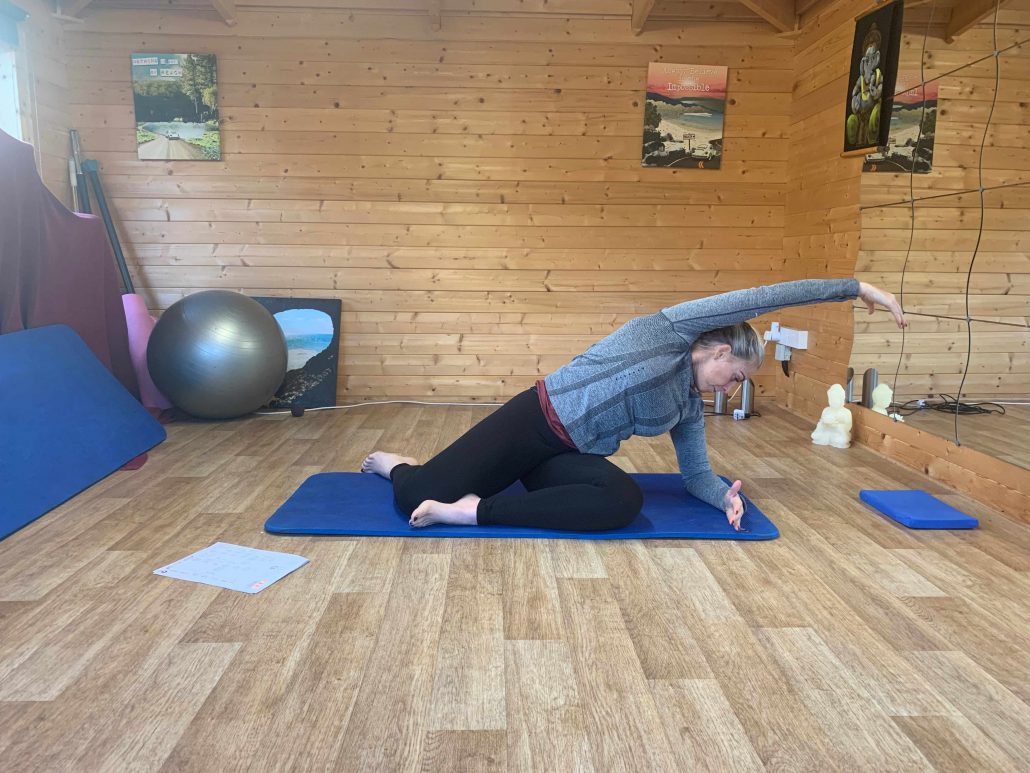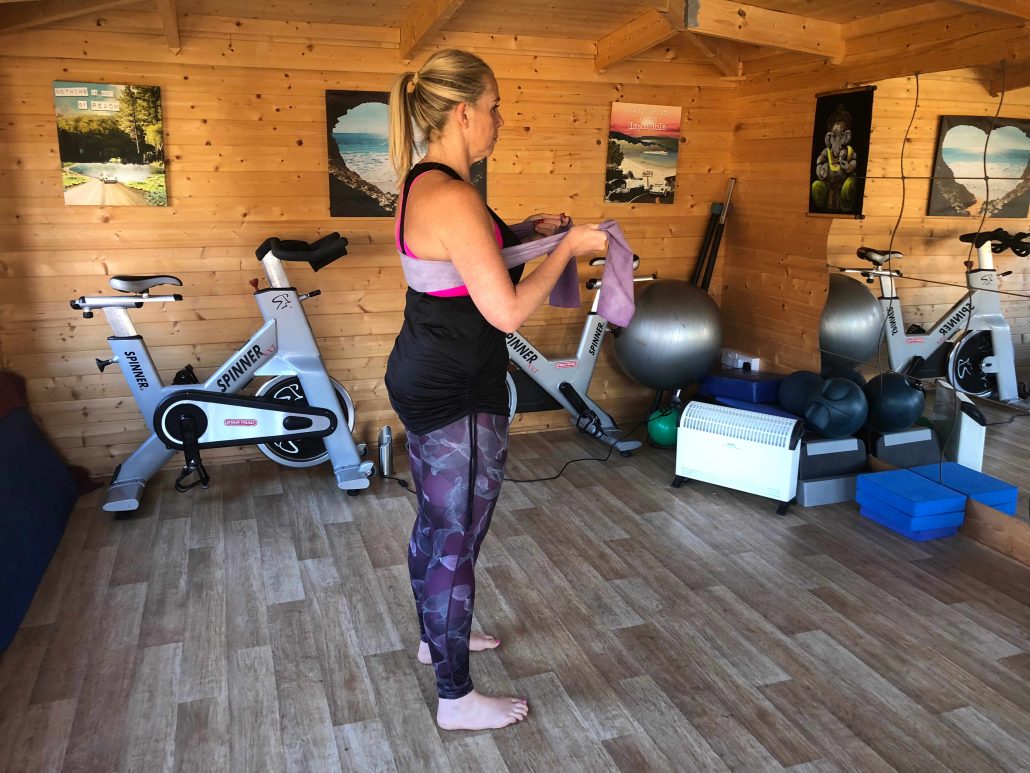6. Flow and Control
The Pilates movements are on the whole slow, controlled with grace (if possible!). Most of the exercises require pointing of the toes, lengthening the arms and legs. When we move in a slow controlled manner we have the chance to stop if something doesn’t feel right. This is why Pilates is one of the safest forms of exercise you can do.
Slow, however doesn’t always mean easy, on the contrary, it requires a lot more control and mental stamina! It’s a lot harder to do an exercise slowly than quickly and it is also less easy to cheat!
7. Breath
The breathing that we use in Pilates is called Thoracic Breathing. This entails breathing wide and full into your back and sides without engaging the shoulders to rise and fall.
This type of breathing encourages us to make maximum use of the lower part of our lungs. This type of breathing works the muscles between the ribs, so they expand and making the upper body more fluid and mobile.
We breathe in to prepare for a movement and breathe out to recover. Moving on the exhalation enables you to relax into the move and prevents you from tensing.

Thread the needle is a flowing exercise done with control.

Using the resistance band to practice thoracic breathing.
